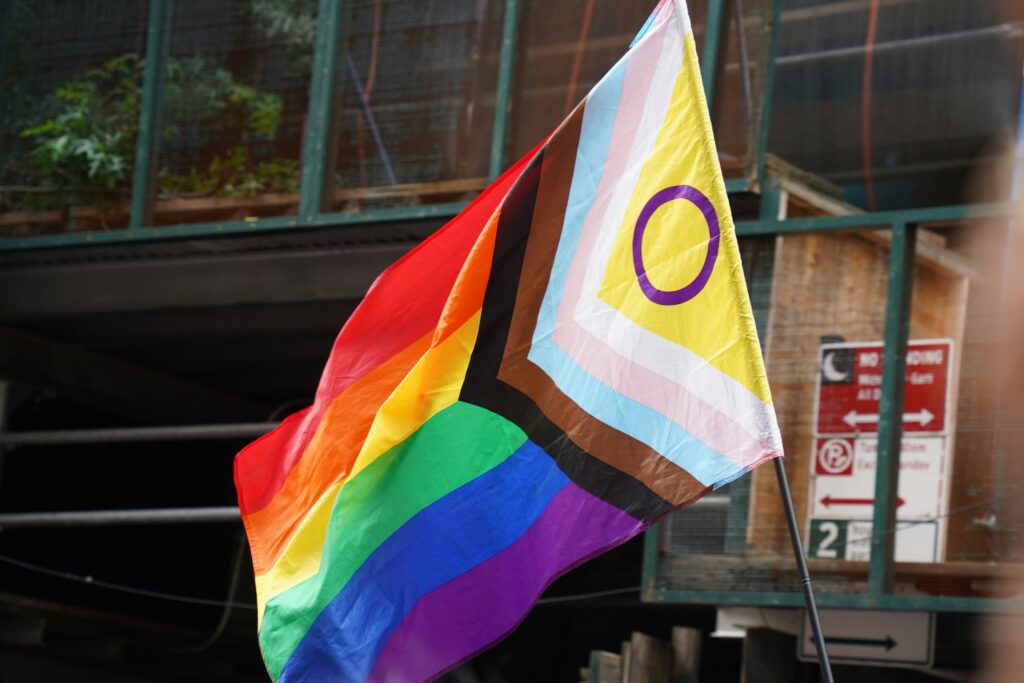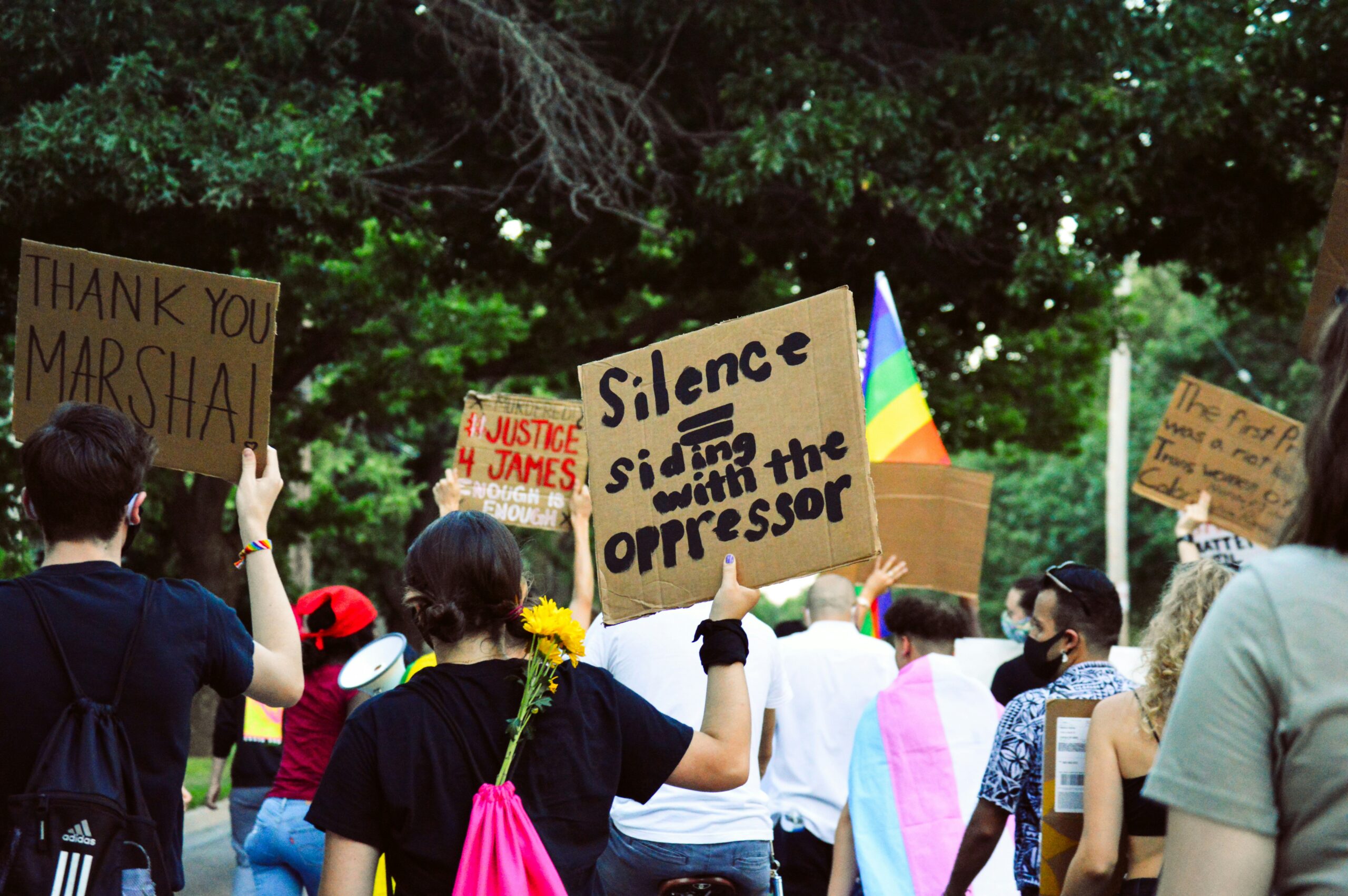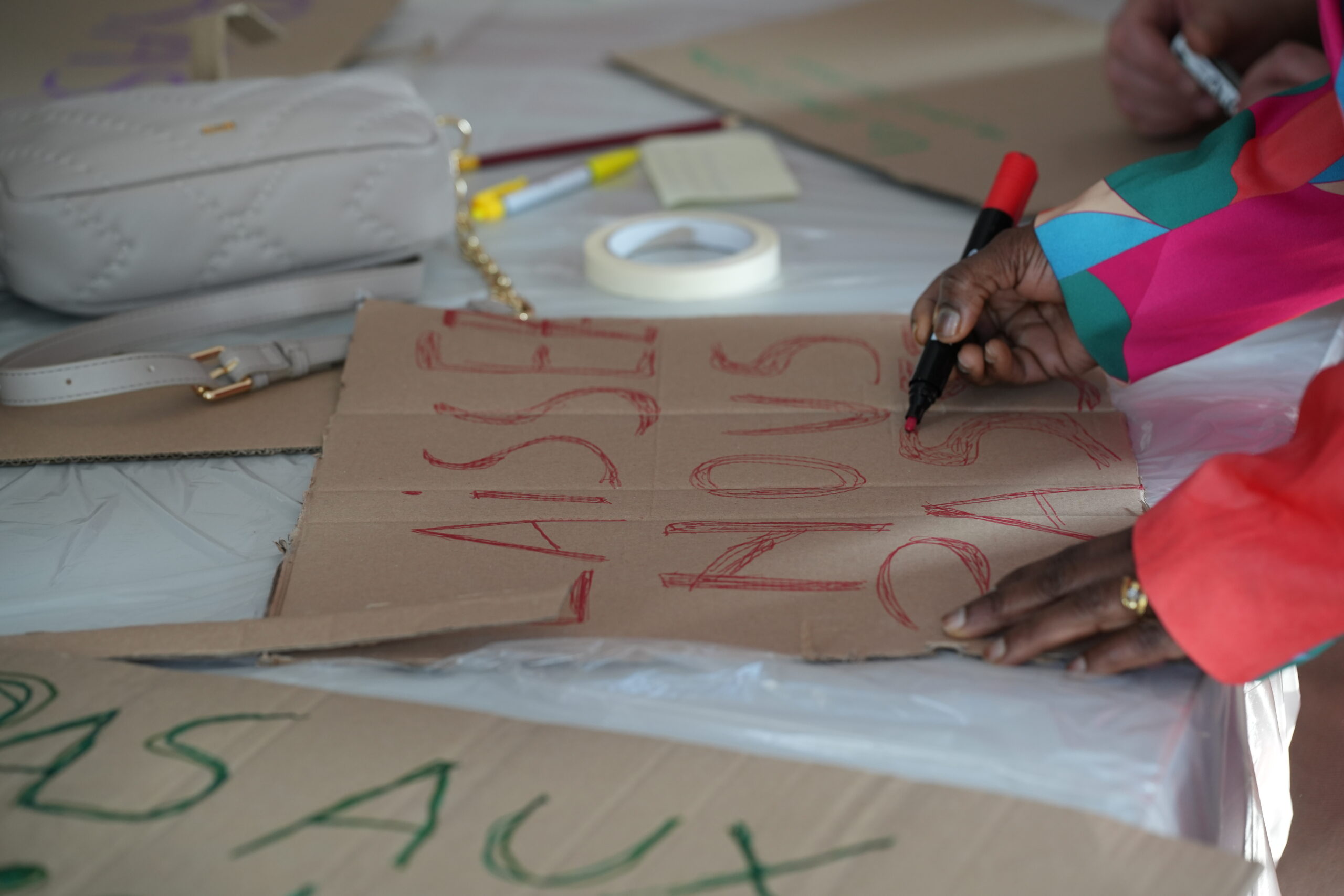
October 26th is Intersex Awareness Day. This day highlights the struggles that intersex people too often have to face to defend their rights. Since 1996, on this day, many intersex activists have called for an end to the stigma, silence, violence, and mutilations experienced during invasive and unnecessary surgeries.
What does intersex mean?
According to the UN definition, “intersex people are born with sex characteristics that do not fit typical definitions of male or female bodies.” Sex characteristics refer to internal or external genitalia, gonads (ovaries and testes), hormone levels, chromosomes, and how these characteristics manifest on the body (e.g., body hair). On average, 1.7% of people are intersex.
At birth, medicine assigns sex based solely on this binary biological approach, “male” or “female.” From this single perspective, intersex people do not fit into the sex binary. They may fall somewhere in between, or have more characteristics of one or the other, either visible or invisible. We speak of an intersex spectrum because the variations are very diverse.
In our modern Western context, the natural order is thought of as binary: man/woman, male/female. Human sciences have since demonstrated that this binary view is a cultural and simplistic vision of the world, a biased shortcut to understanding sex and gender. Unfortunately, intersex people are invalidated and pathologized by medicine and stigmatized by society. Since medicine claims to “create” reality and bodies, it assumes the right to “correct” what does not conform to norms. This view has dramatic consequences for intersex people. Today, many NGOs condemn medical violence and fight against these “reassignment” practices, which are performed without medical urgency and without the informed consent of intersex individuals (sometimes from birth).
Let’s fight together against medical violence towards intersex people. Let’s think of intersex in all its dimensions and beyond a binary and performative view of the body, to break free from dehumanization.
Amaze.org, an American health organization, has produced this short introductory video for the general public on intersex variations.
Sources:
- Intersex Belgium
- Mischanomalie, Réalités et luttes intersexes, Youtube, 2019.
- Camille Regache, Médecine, la fabrique des corps, Binge Audio, épisode 8, 2020.
- Je m’appelle Hanne et je suis née intersexe, dans Brut, 2014 (1 min. 30).
- Aude Mermilliod, Le chœur des femmes, Lombard, 2021 inspiré du roman de Martin Winckler écrit en 2019.
Do you want to know more about intersex or are you looking for resources? These links will help you get started!


